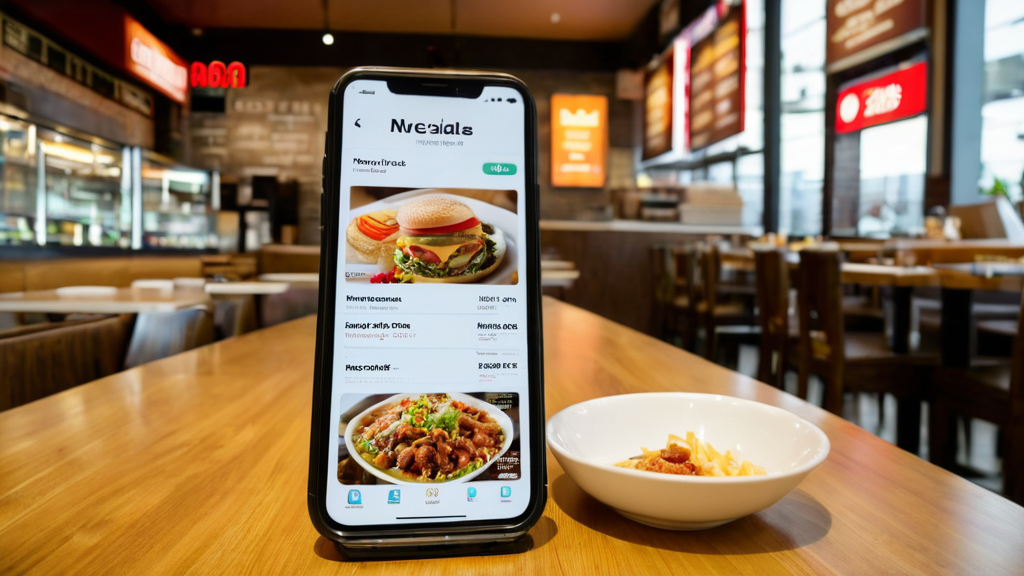A Digital Menus: The Future of the Hospitality Industry
1. Cost-Effectiveness and Environmental Protection
Using digital menus can result in significant cost savings. Printing and updating menus can be time-consuming and expensive, especially when the offerings or prices change frequently. With digital menus, restaurants can easily and quickly update their content without the need for reprinting. In addition, paperless solutions contribute to environmental protection by reducing paper usage and waste production.
2. Flexibility and Updates
Digital menus allow for quick and easy updates. A new seasonal menu, promotions, or the indication of unavailable dishes can appear instantly on the menu, ensuring guests always receive up-to-date information. This is especially important in situations like the COVID-19 pandemic, where fast changes and adaptations were essential.
3. Interactive Experience
Digital menus provide an interactive experience for guests. Rich media content such as images, videos, and detailed descriptions of dishes help guests better understand their options and make choices more easily. Allergen and nutritional information is also easily accessible, increasing guest confidence and satisfaction.
4. Marketing Opportunities
Digital menus can also serve as excellent marketing tools. Restaurants can advertise promotions, special offers, and events directly on the menu. Through data collection, hospitality venues can better understand guest preferences and offer personalized recommendations. This increases engagement and the number of returning customers.
5. Integration with Other Systems
Digital menus can be easily integrated with other hospitality systems, such as ordering and payment systems. This simplifies the ordering process, reduces errors, and increases efficiency. Restaurants receive real-time data on sales, which supports inventory management and strategic decision-making.
6. Health Safety
The COVID-19 pandemic highlighted the importance of hygiene in the hospitality industry. Digital menus reduce physical contact, as guests can browse the menu on their own smart devices, minimizing the risk of infection. For restaurants, this is an important factor in protecting the health of both guests and staff.
7. Serving International Guests
Digital menus enable restaurants to offer their menu in multiple languages, which is especially beneficial for international guests. With automatic translation features, guests can easily understand the menu content, regardless of the language they speak. This enhances the restaurant's appeal to tourists and foreign visitors.
8. Data Collection and Analysis
With digital menus, restaurants can collect valuable data about guest habits and preferences. Through analytics, they can better understand which dishes are most popular, when peak times occur, and which promotions are most effective. This information supports decision-making and strategic planning.
Summary
The implementation of digital menus offers numerous benefits for hospitality businesses. Cost-effectiveness, flexibility, interactive experience, marketing opportunities, integration with other systems, health safety, serving international guests, and data collection all contribute to better restaurant operations and higher-quality guest service. The future of the hospitality industry is moving toward digitalization, and digital menus play a key role in this process. Restaurants that recognize and leverage these advantages in time can gain a competitive edge in the market.
